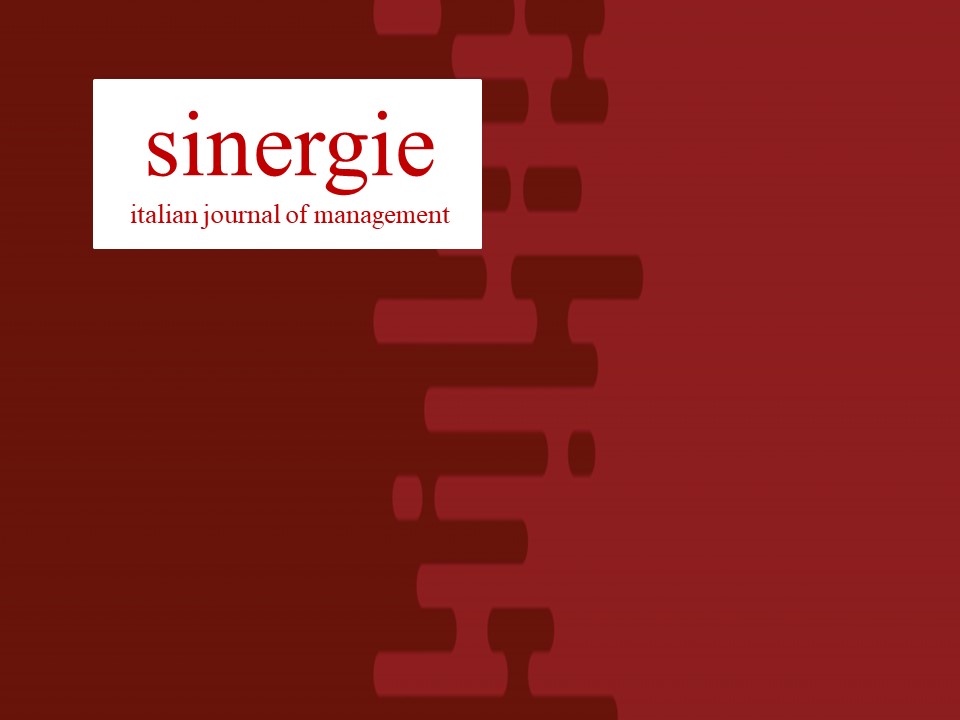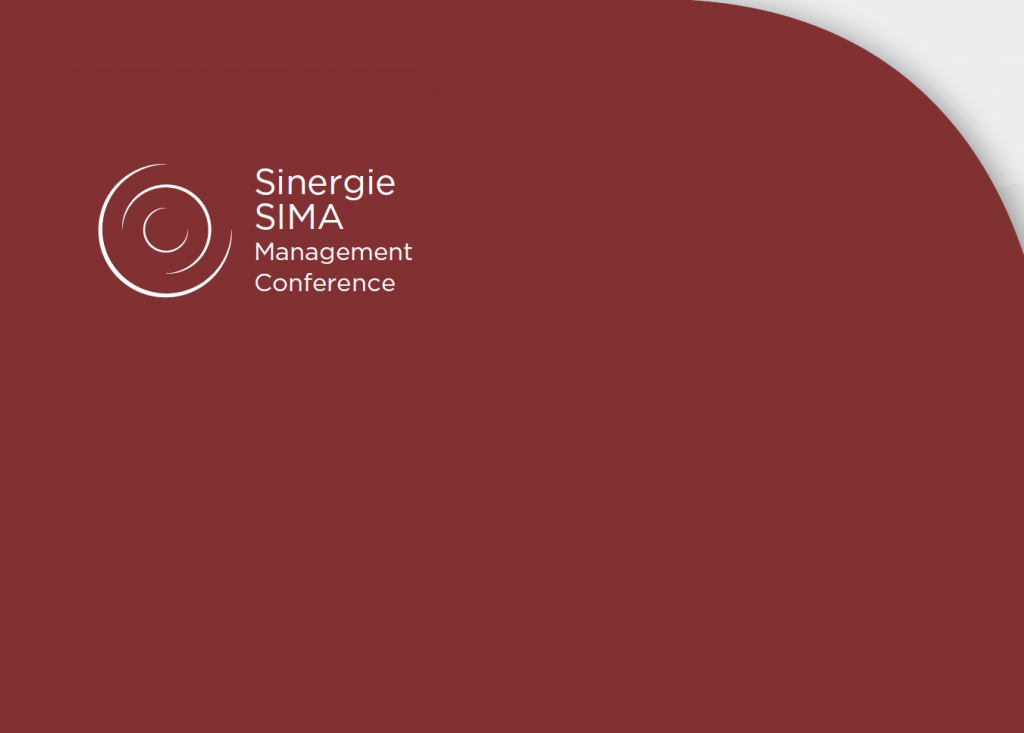Do pinch collars help with pulling
Pinch collars are a type of collar designed to provide correction when a dog pulls while on a leash. The pinch collar is made of metal links that offer a pinching sensation along the neck when pulled. The idea behind using them is that the dog will associate the pain with pulling and be discouraged from continuing with this behavior.
However, experts disagree as to whether or not they are effective. Some believe they do more harm than good, while others think there’s some merit in using them in certain situations. Ultimately, it depends on your dog’s personality and level of training as well as your own comfort level.
Generally speaking, if used incorrectly, pinch collars can cause pain and distress for the dog. Also, because these types of collars rely solely on unpleasant sensations for correction, it may create fear-based behaviors rather than teaching desirable ones that have long-term effects. It’s also possible that dogs may become desensitized to their effects over time – making them less effective in the long run.
If you decide to use a pinch collar on your pup to help with pulling, it’s important to make sure you understand how they work so you don’t inadvertently cause injury or distress to your pet. You should always follow safety guidelines by finding an experienced pet care provider who is certified in training using pinch collars before using one yourself. Additionally, positive reinforcement techniques should also be used alongside any corrective measure like this if possible. These might include verbal praise and treats when the desired behavior is exhibited.
Introduction to pinch collars
Pinch collars are one of the most commonly used items to help owners correct their dog’s pulling behavior. They have been around since the mid-1960s and have proven to be very effective in stopping, preventing and correcting a dog’s bad behaviors like lunging and leash aggression.
So what is a pinch collar? Pinch collars are collars that feature one or more small metal prongs (or spikes) pointing inward, away from the pet’s neck. The prongs pinch the pet’s skin in a specific area when it pulls on the lead, which deters tugging. The discomfort being caused by the collar encourages the dog to modify its behaviors so that it no longer pulls on its lead. It also causes an seresto flea and tick collar cats involuntary reflex action known as “self-correction”. This reflex reinforces good behaviors and teaches them not to pull excessively whenever they are on a leash.
Pinch collars should only be used on dogs with pulling or leash-related behavioral issues. The pinch collar should never be used for extended periods of time or for punishment purposes
Overview of how a pinch collar works
Pinch collars are designed to help with pulling while keeping a dog under control. They are also known as prong or training collars and consist of multiple metal links connected by chain and toggle that fasten around the neck. The design of the links, which feature two blunt projections coming from each side, is meant to provide an even, pinch-like sensation on the dog’s neck when pressure is applied.
The pinch collar is primarily used for teaching leash-control skills since it applies constant tension throughout its length so that it tightens slightly when your dog pulls on the leash. This encourages your pup to relax their neck and not pull because they will be feeling pressure while they do so. Your pup can also pick up signals from you when you tug gently on the leash, which reinforces their understanding of commands.
However, it’s important that you use a pinch collar properly in order for it to be effective – too much pressure could cause pain or even harm your pet. To prevent this from happening, start out with light corrections and gradually increase intensity as needed until you find what works for your pup. Additionally, avoid leaving the collar tight all day; taking it off periodically will help keep them comfortable and avoid any potential strain or injury associated with prolonged wear.
Advantages and disadvantages of pinch collars
Pinch collars are designed to correct behavior and keep dogs from pulling when being walked. They have both advantages and disadvantages, which every dog owner should consider before purchasing one for their pet.
One major advantage of pinch collars is that they help redirect dogs’ attention away from pulling, because their loose ends can become tighter and pinch when the leash is pulled. This usually stops them in their tracks and eventually teaches them not to pull on walks. Pinch collars also provide a more consistent correction than traditional training collars or harnesses, since there isn’t any additional slack in the jolt caused by the collar pinching.
On the other hand, though pun ch collars work well in some instances, some people feel that using them can be excessively harsh on a dog’s neck, especially if misused. They also may not be suitable for every size or breed of dog, so it’s important to consult with a trainer or vet before purchasing one for your pet. Furthermore, if used improperly or too aggressively, these types of collars can actually make a behavior problem worse instead of helping it.
Pros and cons of using them for pulling
Pros:
• Using pinch collars can be an effective way to stop a dog from pulling while on walks. The prongs of the collar offer enough pressure when the leash is pulled to keep your pup in check and reduce or eliminate their tendency to pull.
• Pinch collars are also useful if you’re training your pup not to jump up on people – when they instinctively try and jump, the prongs should act as a deterent for this behavior.
Cons:
• Overusing pinch collars can be dangerous, as too much pressure could cause injury over time. It’s important that you use them properly, and only during certain occasions such as walks or training sessions – always removing them afterwards.
• Pinch collars can also cause distress for your pup – it’s important that you don’t accidentally send mixed signals with these types of collars by reinforcing unwanted behaviors. Make sure you provide plenty of rewards for good behavior in order to cement the desired behavior more positively instead!


